The Hong Kong Arts Festival returns to venues after three tough years, revitalized by a number of international collaborations. Madeleine Fitzpatrick reports on some of the highlights.
 This year’s Arts Festival sees the Hong Kong Philharmonic Orchestra performing with pianist Bruce Liu, the Esme Quartet, and the opera-singing couple Anna Netrebko and Yusif Eyvazov, among other artists. (PHOTO PROVIDED TO CHINA DAILY)
This year’s Arts Festival sees the Hong Kong Philharmonic Orchestra performing with pianist Bruce Liu, the Esme Quartet, and the opera-singing couple Anna Netrebko and Yusif Eyvazov, among other artists. (PHOTO PROVIDED TO CHINA DAILY)
The 51st Hong Kong Arts Festival (HKAF) has opened this week. The long-awaited, first live edition since 2019 — much of last year’s program having been derailed by Hong Kong’s fifth wave of COVID-19 — is aptly themed “Coming Back, Moving Forward”.
Back in town after completing a four-year stint as associate conductor of the Seoul Philharmonic Orchestra, Wilson Ng on Thursday conducted the Hong Kong Philharmonic Orchestra (HK Phil) in its rendition of Elgar’s Symphony No. 1 and Chopin’s Piano Concerto No. 2. Canadian pianist Bruce Liu made his Hong Kong debut with this concert and a recital, on his first visit to China since winning the International Chopin Piano Competition in October 2021.
“He’s a very different pianist than most of the soloists I’ve worked with — he’s a free spirit,” says Ng. “We need creativity, we need spontaneity, we need intuition,” adds the conductor, referring to qualities Liu brings to his playing. “We need to feel life and transform life into music.”
Liu makes a habit of playing differently at every rehearsal as well as the concert itself, says Ng. “He’s not an easy soloist to follow, but I love making music with him.”
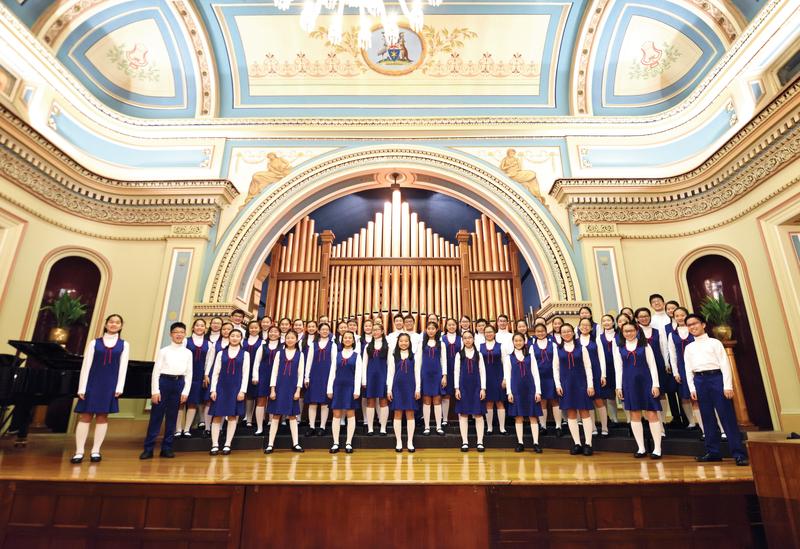 The Hong Kong Children’s Choir is contributing to the celestial, angelic sounds and textures in Unsuk Chin’s Le Chant des Enfants des Etoiles, the final piece in the Voices of Hope and Togetherness concert. (PHOTO PROVIDED TO CHINA DAILY)
The Hong Kong Children’s Choir is contributing to the celestial, angelic sounds and textures in Unsuk Chin’s Le Chant des Enfants des Etoiles, the final piece in the Voices of Hope and Togetherness concert. (PHOTO PROVIDED TO CHINA DAILY)
Chopin had yet to graduate from music school in Warsaw when he wrote his Piano Concerto No. 2. He didn’t specify the pace of its second movement, which makes it particularly exciting to perform, says the conductor. “The whole movement is about waiting and then catching the pianist”, while the soloist “does whatever he wants”.
“I always find it exciting to play with an orchestra,” says Liu. “There are lots of surprises awaiting us and this requires a certain spontaneity in the performance.”
Liu says that he and Ng understand each other well, having become friends after their November 2021 collaboration in Seoul on Chopin’s Piano Concerto No. 1.
“Playing a Chopin concerto is a big headache for any orchestra because there’s so much flexibility (in the score),” affirms the soloist. “You need a lot of chemistry between the artists.”
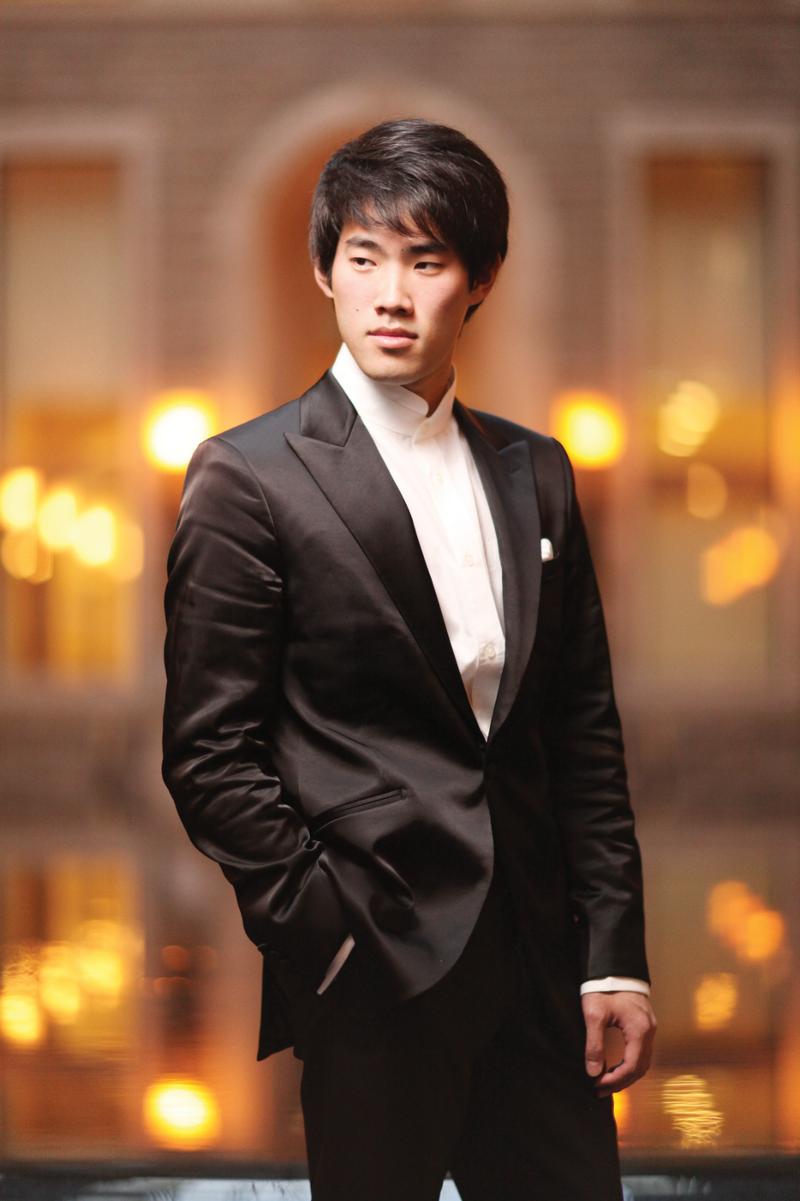 Canadian pianist Bruce Liu made his Hong Kong debut with two concerts, including a recital, in the Hong Kong Arts Festival’s opening week. (PHOTO PROVIDED TO CHINA DAILY)
Canadian pianist Bruce Liu made his Hong Kong debut with two concerts, including a recital, in the Hong Kong Arts Festival’s opening week. (PHOTO PROVIDED TO CHINA DAILY)
Four’s company
Ng is also conducting Voices of Hope and Togetherness: A Choral and Orchestral Gathering for HKAF. He believes listening to the piece will remind audiences of why there’s no substitute for experiencing classical music live: “That kind of music is exactly what you cannot enjoy on a hi-fi.” Uniquely, the production brings together the HK Phil, Esme Quartet, HKAF Chorus and Hong Kong Children’s Choir.
The repertory includes Unsuk Chin’s Le Chant des Enfants des Etoiles (The Song of the Children of the Stars), a composition that “celebrates the universe … and sounds like a universe”, says Ng. “There are going to be very loud and extremely soft moments. It’s like you’re lost in space, or suddenly you see a huge star coming at you.”
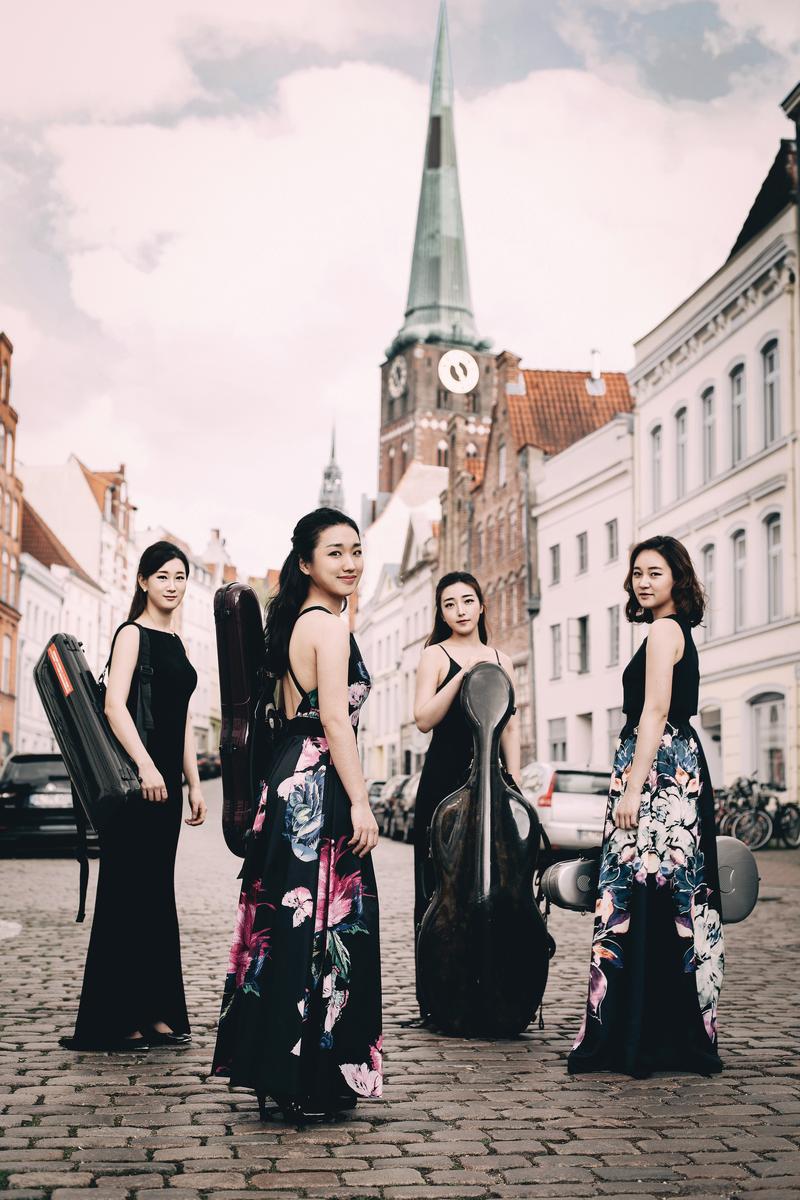 It’s rare to find a string quartet playing the part of soloist with an orchestra. Esme Quartet will be doing just that for the second piece in the Voices of Hope and Togetherness program, John Adams’ Absolute Jest. (PHOTO PROVIDED TO CHINA DAILY)
It’s rare to find a string quartet playing the part of soloist with an orchestra. Esme Quartet will be doing just that for the second piece in the Voices of Hope and Togetherness program, John Adams’ Absolute Jest. (PHOTO PROVIDED TO CHINA DAILY)
For John Adams’ Absolute Jest, the HK Phil will be joined by the all-female Esme Quartet, whose members hail from South Korea but are based in Germany. “Originally (Adams) wanted to write an orchestral piece, but it was too virtuosic … too fast. He couldn’t make the whole orchestra play that many notes,” explains the conductor.
The concert will be Ng’s first time performing with Esme. It is also Esme’s first time joining an orchestra on stage.
“It’s a very rare chance to hear a quartet performing as the soloist with an orchestra,” says Wonhee Bae, first violin and leader of the Esme Quartet. “We think it will be even more dynamic and powerful than when just the four of us perform.”
Superfans of the repertoire will be interested to know that the composer himself will be conducting Absolute Jest when Esme plays Tokyo’s Suntory Hall in January 2024, accompanied by the Tokyo Metropolitan Orchestra.
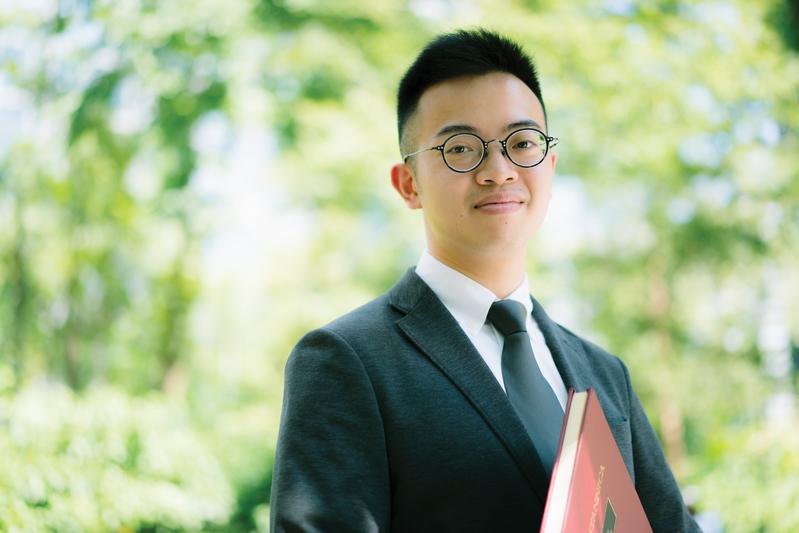 Felix Yeung, chorus master of the Hong Kong Arts Festival Chorus. The choir is lending its voices to two pieces in Voices of Hope and Togetherness: the overture of John Adams’ Nixon in China opera and a work, set to poetry, by Unsuk Chin. (PHOTO PROVIDED TO CHINA DAILY)
Felix Yeung, chorus master of the Hong Kong Arts Festival Chorus. The choir is lending its voices to two pieces in Voices of Hope and Togetherness: the overture of John Adams’ Nixon in China opera and a work, set to poetry, by Unsuk Chin. (PHOTO PROVIDED TO CHINA DAILY)
Live and direct
“After three challenging COVID years — when we mainly connected with our audiences through online presentations — we’re thrilled to be welcoming back leading international artists from different parts of the world, as well as presenting outstanding local artists, at concert halls and theaters in live performances,” says Flora Yu, executive director of HKAF.
“Nothing beats live performance, no matter what — big or small,” concurs S. Alice Mong, executive director of Asia Society Hong Kong Center. “People are just so happy to see the artists back in person, collaborating.”
Mong has been an HKAF fan for three decades and counting: “I lived in Hong Kong in the ’90s, and every year looked forward to the Arts Festival because I would be one of those people buying up all the tickets.” Since then, she notes, the festival has gone from strength to strength.
This year, Mong attended both Bruce Liu shows. “I’m looking forward to Anna Netrebko and Yusif Eyvazov in recital, and Netrebko and Eyvazov with the HK Phil,” she says.
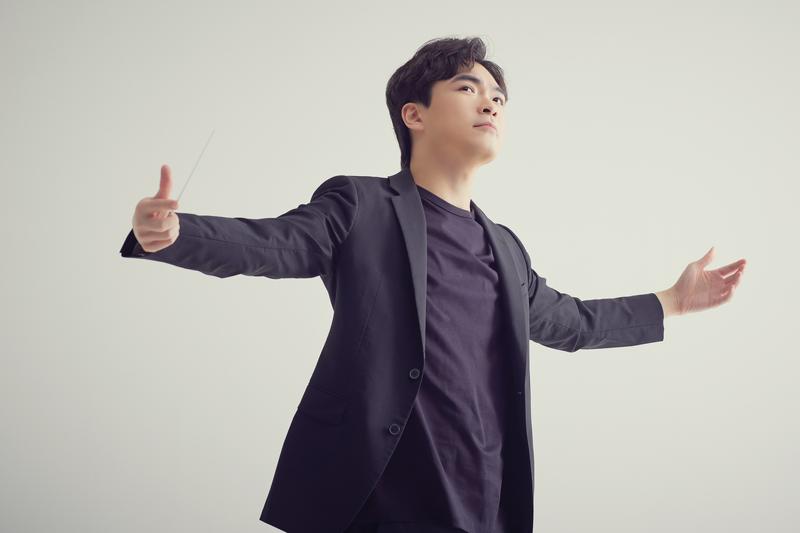 Wilson Ng conducted the Hong Kong Philharmonic Orchestra in Bruce Liu’s debut concerto in Hong Kong. He will conduct a large ensemble including the orchestra, the Esme Quartet and two choirs for another of the festival’s programs. (PHOTO PROVIDED TO CHINA DAILY)
Wilson Ng conducted the Hong Kong Philharmonic Orchestra in Bruce Liu’s debut concerto in Hong Kong. He will conduct a large ensemble including the orchestra, the Esme Quartet and two choirs for another of the festival’s programs. (PHOTO PROVIDED TO CHINA DAILY)
Sound and silence
Hong Kong flautist Tsang Yat-ho also believes in the power of live concerts. “Music is a play of sound and silence,” he notes. “Musicians are always adjusting their playing according to what they hear in the room. … The rustle of an uneasy audience; a quick, emotional breath; subtle, excited beat tapping; or a moment of quiet self-reflection — everything contributes to the quality of different kinds of silence in between sounds.”
Triptych for Flute: Tsang Yat-ho in Le Jardin des Muses is a two-concert journey, in collaboration with German harpsichord and fortepiano specialist Torsten Mann: the first will see Bach, Handel and Telemann played on a baroque flute, accompanied by the harpsichord; while in the second, Beethoven, Bohm, Reinecke and Gaubert will be played on flutes of their era, with piano accompaniment.
Livestreamed concerts were heralded as the next big thing over the past three years but, says Mann, “In an online performance, many fine details are lost through the transmission, like sound colors or dynamic subtleties.” As for the energetic exchange between musicians and audience members, “Everyone’s concentration on the music — the players’ and the audience’s — creates the unique atmosphere and energy of each concert,” he says. “Some of the audience will be sitting with us on the stage this time, so they’ll be as close to the action as possible.”
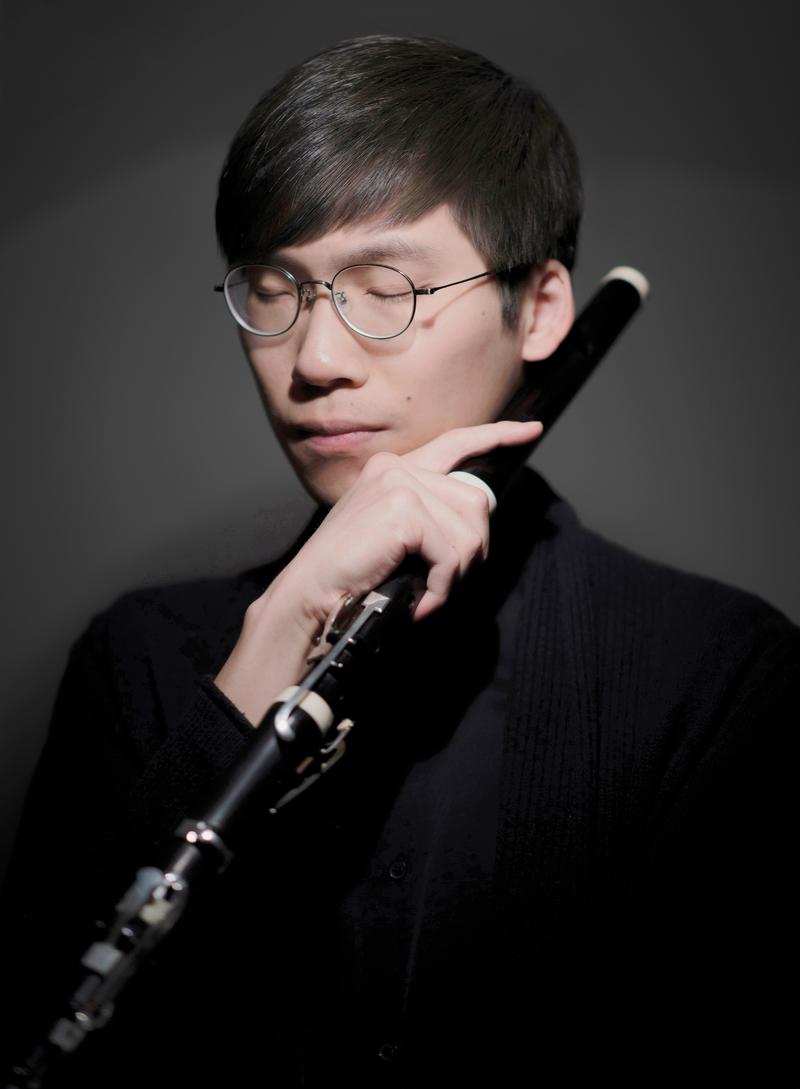 Tsang Yat-ho is an expert on flutes of the 18th and 19th centuries in the European canon. He will bring his knowledge and skills to bear in his Triptych for Flute concerts. (PHOTO PROVIDED TO CHINA DAILY)
Tsang Yat-ho is an expert on flutes of the 18th and 19th centuries in the European canon. He will bring his knowledge and skills to bear in his Triptych for Flute concerts. (PHOTO PROVIDED TO CHINA DAILY)
Together and alone
Innovations such as seating audience members on stage potentially matter. Classical music concerts and opera are drawing smaller audiences globally, with some estimates putting the drop since the start of the millennium at as much as 30 percent.
“I have been trying to find new ways of presenting classical music,” says Ng, whose pre-pandemic Musicians Without Borders series of concerts invited audience members to sit next to the musicians while they played.
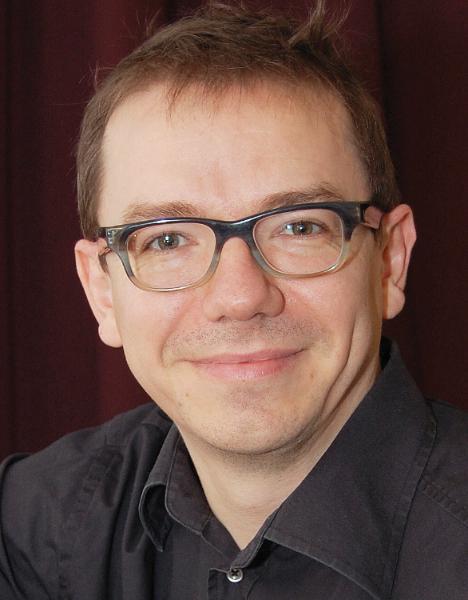 Torsten Mann will play basso continuo, a type of improvised accompaniment, for flautist Tsang Yat-ho. A harpsichord will be used at the first Triptych concert, and a fortepiano at the second. (PHOTO PROVIDED TO CHINA DAILY)
Torsten Mann will play basso continuo, a type of improvised accompaniment, for flautist Tsang Yat-ho. A harpsichord will be used at the first Triptych concert, and a fortepiano at the second. (PHOTO PROVIDED TO CHINA DAILY)
The UK’s Silent Opera company has innovation in its DNA. Its HKAF offering, Vixen (based on Leos Janacek’s The Cunning Little Vixen), promises to fulfill its aim of presenting “opera for the next generation”. Inspired by the silent-disco movement, audiences are invited to don a pair of headphones and make their way through Tai Kwun, getting close to the performers as they immerse themselves in a contemporary opera sung in English.
“The show revolutionizes the audience experience of opera — it removes distractions from fellow audience members, without removing the communal experience of visiting an opera,” says Daisy Evans, Vixen’s director and librettist. “By having the singers and musicians up close, the storytelling becomes visceral,” says Stephen Higgins, music director.
The site-specific work will be staged across the former police station complex’s Prison Yard and Laundry Steps. “When producing this show, as we have across many continents, the venue always shapes and influences the look,” Evans says. “Tai Kwun and the wider city of Hong Kong provide us with a cultural backdrop. … There are many local references — locations, popular snacks and even slang,” she adds. “Audiences should feel like they’ve turned a corner in their own city and stumbled on this story, not walked into a parallel universe.”
Unlike previous versions of Vixen staged around the world with the same team of actors and musicians, the Hong Kong version features local players. “It’s a very special moment for us to introduce our way of working to an entirely new team — not just the performers but also the essential creative teams that make up the backbone of any opera production,” says Higgins. “Each of our original team had the chance to work alongside their Hong Kong equivalents, sharing their experience of presenting this piece and passing on this knowledge to the Hong Kong artists.
“I was able to work with the singers and instrumentalists, preparing them for the slightly unusual process of singing not to a conductor, but an in-ear click track triggered by the musical director from a MacBook. … It’s been great to share this new way of making music with the Hong Kong team.”
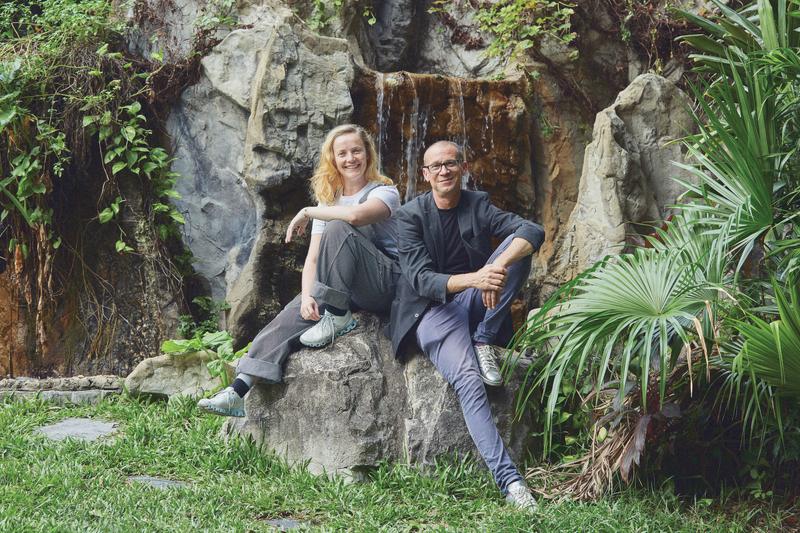 Daisy Evans (left), director and librettist, and Stephen Higgins, music director. Their Silent Opera company is presenting the contemporary opera-with-headphones Vixen. (PHOTO PROVIDED TO CHINA DAILY)
Daisy Evans (left), director and librettist, and Stephen Higgins, music director. Their Silent Opera company is presenting the contemporary opera-with-headphones Vixen. (PHOTO PROVIDED TO CHINA DAILY)
Stepping out
France’s Tamanoir Immersive Studio has drawn inspiration from the world’s emergence from the pandemic. The company’s HKAF show is about people reconnecting with one another and daring to try new things after being isolated for so long.
Described as “a participatory dance in an immersive soundscape with interactive lighting”, First Steps gives audience members the chance to join the performers on stage. “Following prompts, they create a show together while discovering their parts inside the show,” explains Samuel Lepoil, aka Bome, the studio’s creative director. “It’s totally unrehearsed.”
Collaborating with local artists was integral to Tamanoir’s first Hong Kong production. As producer Remi Large explains, the ensemble’s lighting designer and composer worked as co-creatives with their local counterparts.
 Bome (Samuel Lepoil) (left), creative director, and Remi Large, producer of the Tamanoir Immersive Studio. The company is inviting audience members on stage for First Steps. (PHOTO PROVIDED TO CHINA DAILY)
Bome (Samuel Lepoil) (left), creative director, and Remi Large, producer of the Tamanoir Immersive Studio. The company is inviting audience members on stage for First Steps. (PHOTO PROVIDED TO CHINA DAILY)
The show’s content has also been adapted for the local audience and participants. “Each culture has its relationship to body, space, expressiveness, voice, and presence on stage,” notes Bome, who’s spending two months in Hong Kong. Enoch Cheng, a local artist, curator and dramaturge, is helping the creative director deepen his understanding of local attitudes.
“Creating a show together is always an adventure, but when you have to bridge cultural particularities to do so, it’s on a whole new level,” says Large. “It’s full of challenges but also an occasion to discover and share from both sides.”
“These experiences are written with the public,” says Bome. “I observe how participants interact with every aspect of an experience and push it even further. In that way, I hope to create experiences that are not born of a single mind but of our collective consciousness.”
If you go
Voices of Hope and Togetherness
Date: March 4
Venue: Concert Hall, Hong Kong Cultural Centre, 10 Salisbury Road, Tsim Sha Tsui
Triptych for Flute
Dates: March 10 to 11
Venue: Concert Hall, Hong Kong City Hall, 5 Edinburgh Place, Central
First Steps
Dates: March 10 to 12
Venue: The Box, Freespace, West Kowloon Cultural District, West Kowloon
Vixen
Dates: March 11 to 18
Venue: Prison Yard and Laundry Steps, Tai Kwun, 10 Hollywood Road, Central


